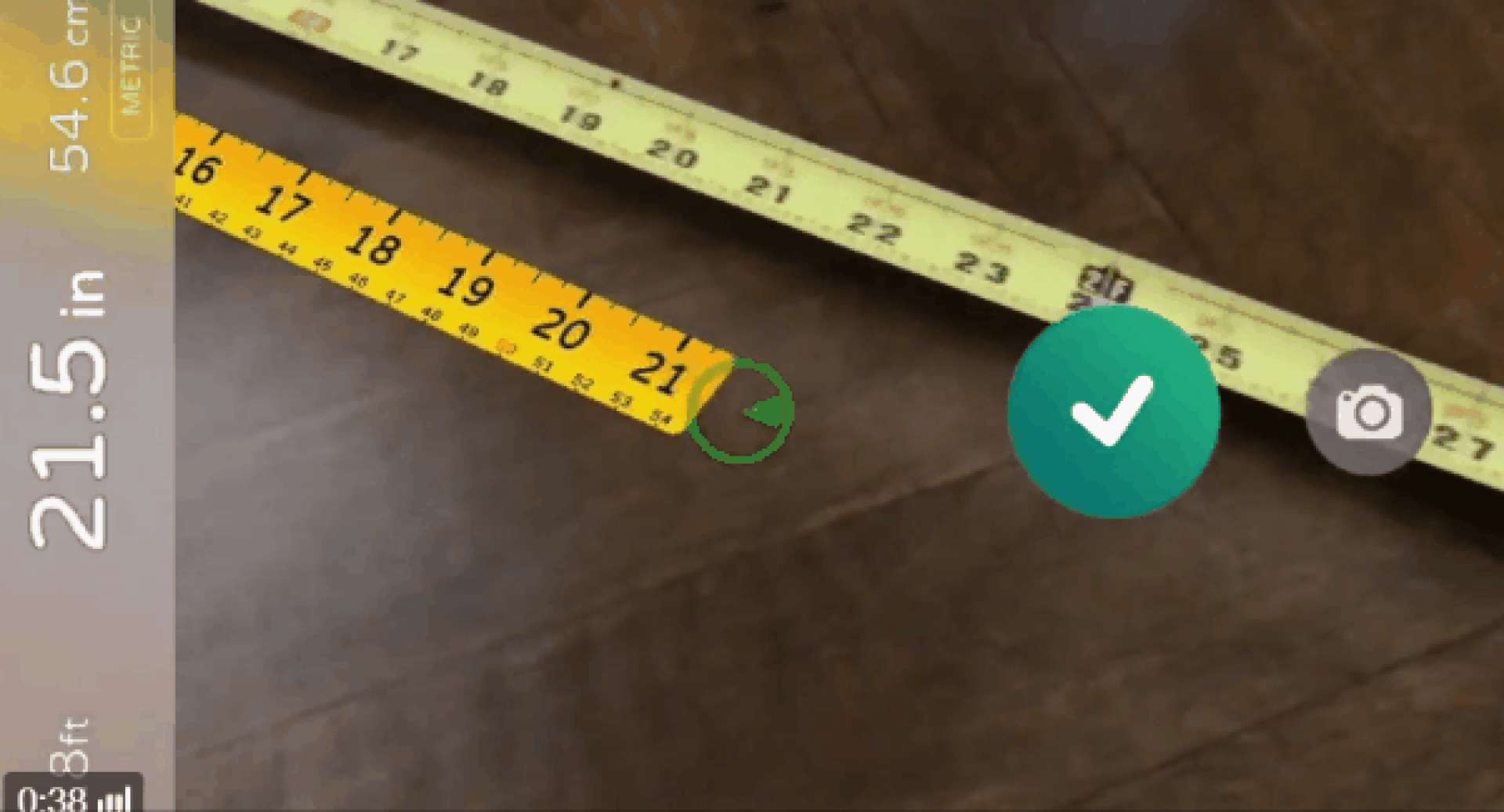Apple's WWDC is an interesting event every year for a number of reasons and is always packed to the rafters full of interesting consumer announcements — but this year's event heralded one key developer tool that's likely to change the iOS platform in a huge way: ARKit.
While Google, Facebook and others have been pottering away with augmented reality, Apple showed up at WWDC and dropped a bomb on the industry: it's now democratized for all, and standard with iOS devices.
For years Google has been tentatively working on AR-equipped hardware called Project Tango since as early as 2014 which enabled hologram-like experiences in the real world.
Huh, did you say portals? #ARKit pic.twitter.com/EZ7L89l1F2
— lauri (^ー^)ノ (@lingoded) July 5, 2017
Unfortunately, Tango requires specific hardware to operate and has still struggled to make it to market: just two devices are available to consumers right now. Apple, meanwhile, made its platform available to all iOS devices from the iPhone 6s and up, and all iPads released from 2017.
ARKit already has an advantage that others experimenting with the space, like Facebook, don't: there's a hardware platform that already supports it, and the company has a distribution channel already in place. Facebook is required to bundle AR features, like its face masks, inside its existing apps.
🚀 Watch a Space X Falcon 9 landing in your backyard → just look through your iPhone 😮 using #ARkit by @tomasgarcia https://t.co/5qYViBW1KT pic.twitter.com/zwHL5eCQPb
— Made With ARKit (@madewithARKit) June 26, 2017
Developers are already running wild with Apple's AR platform, even though it isn't generally available until the fall with the release of iOS 11. We're seeing incredible tech demos of real applications, like accurate AR rulers, backyard rocket landings and 3D drawing tools.
These tools are cute demos, but impressive given we're only weeks after the announcement of the platform. Developers are genuinely excited about ARKit, and mostly because it's available for everyone, for free without the ridiculous licensing models of previous offerings.
It's easy to imagine the ARKit platform as a testbed for Apple's future augmented reality hardware plans — but the company didn't choose to dumb it down or restrict it for the future, instead offering a fully-fledged platform people can actually use.

The things we're seeing right now are only technology demos, but with the popularity of Pokémon Go despite its rudimentary AR, it's easy to see Apple's platform making the category explode later this year when iOS 11 is released.
ARKit might bring augmented reality back from the dead — and it's an exciting time if you're considering jumping in: there's few interaction models for how a button should operate in AR, or how an interface should be designed, leaving lots of opportunity for designers and coders to define entirely new ways of interacting.
To me, this moment in time is like being there in the early days of the web's creation: nothing has been defined yet.
Want to get in on it? Well, maybe it's time to learn Unity or how to code for iOS. I'm slowly doing the former, but it takes a lot of time to ramp up those skills. For designers, there's a lot of different paths to evolve into 3D, using many of the skills you already have.
Expect AR to be a huge focus in the near future for every big player, and not just for putting a silly face filter on your Snaps. Apple's given us a glimpse of the future, and it's going to change the way we do everything, from decorating our homes to playing games.

